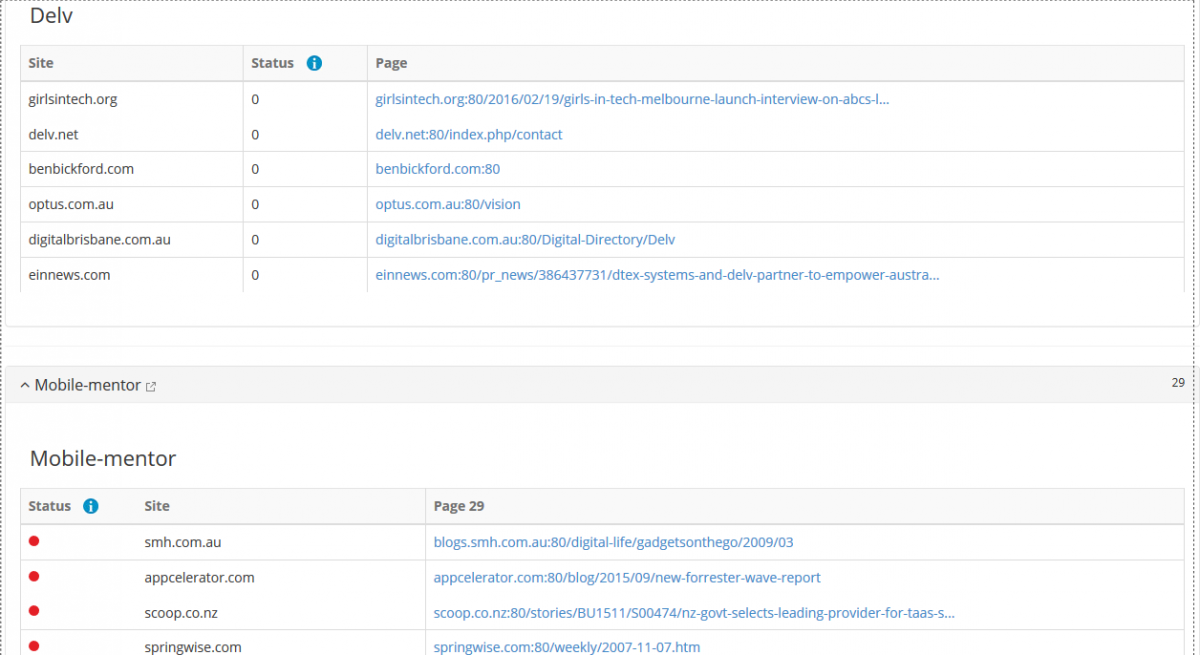An inbound link (also called a backlink) is a link from another website to your site. For instance, if site A’s web page has a link to a page on your website B, we will say site B has an inbound link from site A. However, the same would be an outbound link for website A.
Quality inbound links – what are they?
You shouldn’t be in a hurry to get whatever inbound links you can. Though many spammy and poor quality websites are ever willing to give you backlinks, you should aim to get only the good ones that come from an authoritative site and uses a natural and proper anchor text. An anchor text is the clickable text in a hyperlink. You should ideally have your keyword as the anchor text, or a variation of your keyword that’s relevant to the page the link points to.
Why do you need inbound links?
Improving your ranking in SERPs (search engine results pages) is a key reason for having inbound links from popular, reliable and authority sites. When you have such links, they indicate your site’s authority and reliability to the search engines, which in turn makes it likely for you to rank better in SERPs. However, you should remember that inbound links aren’t the only ranking factor that search engines consider.
When you have an inbound link on a third-party website or blog, people who see it or read the content where it’s present may click through and land on your website. This way, you get referral traffic, a majority of which might not have come to you otherwise. In case these people like what they find on your site, they may keep coming back and even bring more people by recommending your website to their friends and family. However, the volume of your referral traffic would depend significantly on how much traffic that specific third-party website or blog gets in the first place.
Getting inbound links for free – 3 effective ways
To improve the search rankings of your website/blog and even boost the incoming traffic, here are three effective steps:
- Post great content regularly: This is perhaps the most simple yet the most difficult step. Webmasters always want to link to great content and if you invest adequate time and effort to create great, insightful content regularly or present a common topic from a different, thought-provoking (and sometimes even controversial) point of view, getting great inbound links organically won’t be that hard.
- Write guest blog posts: Find a great website/blog that’s a good fit for your niche and see if they accept guest blogs. If they do, propose to write a guest post and in case they accept it, you will get an inbound link from that post.
- Offer useful resources for free: Be it listicles of free tools and useful resources, or some of your archived posts and free webinars, make sure to offer something useful that your readers will simply love and can’t resist sharing. You may even team up with an influencer (a person who can influence the opinion, behavior and purchasing decision of others in a significant way), or a popular blog/company to widen your audience and have a better shot at getting inbound links to these pages.
Distributing keyword-optimized press releases through popular services like PRWeb, writing and distributing articles through article directories attracting high traffic (like EzineArticles), social bookmarking, local directories, blog commenting and linking your social media profiles to your website/blog are some other ways to get inbound links fast.
Now that you know about building some good inbound links, get to work and experience the thrill of bagging your first few backlinks form authoritative and popular sites.
Quality SEO Tools
To monitor, analyze, and implement your SEO strategy in an effective and efficient way, it is highly recommended that you use a reputable and high quality SEO tool (for example, https://www.SEOAnalytix.com) to track and measure the SEO performance of your website and that of its competitors including the Inbound Links component.



